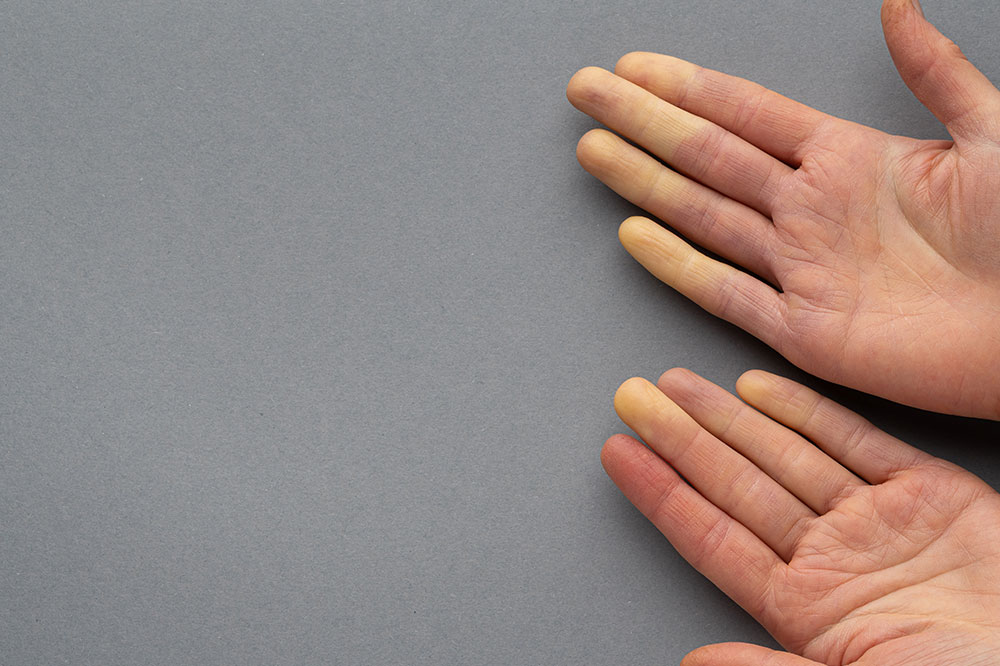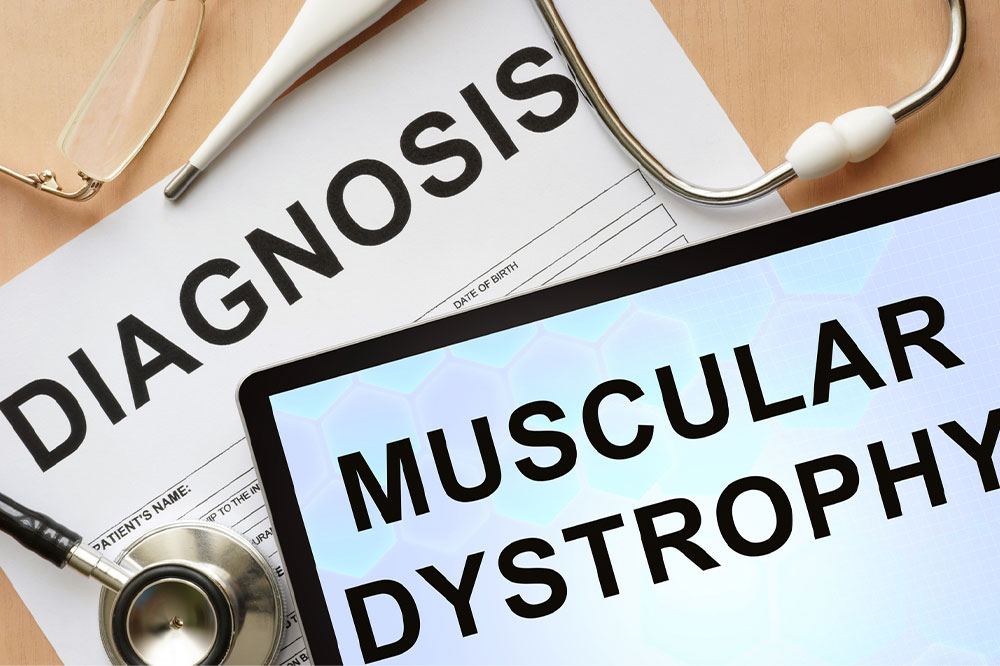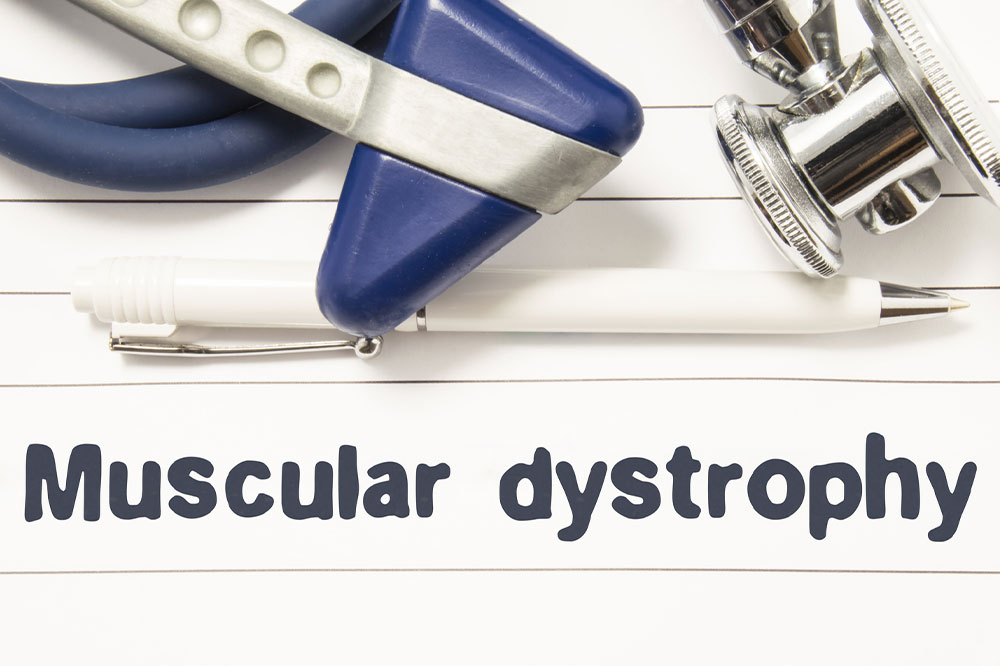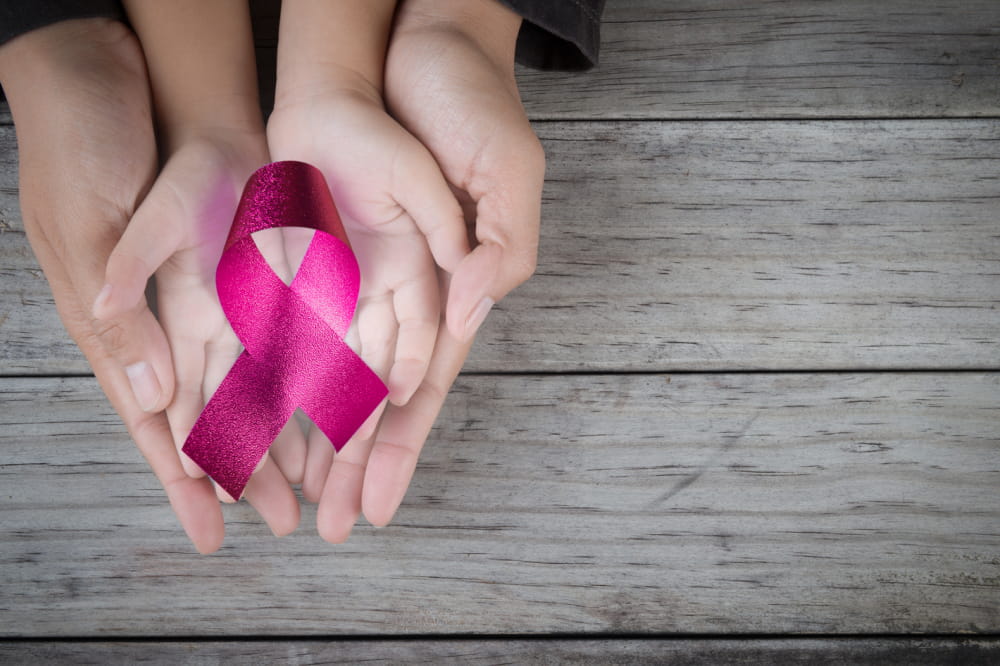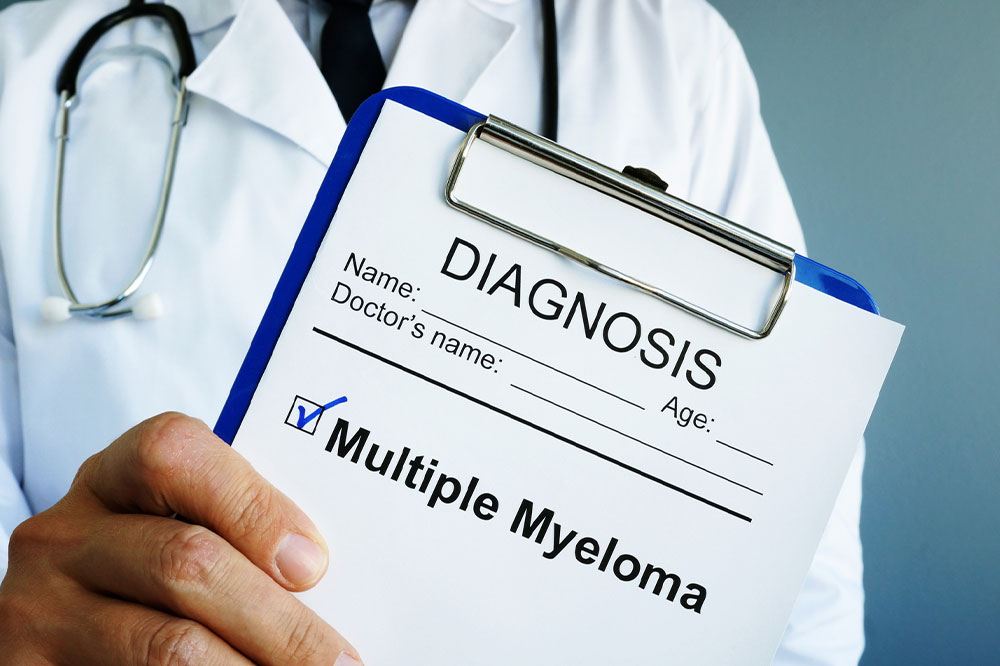
Health
4 early signs of multiple myeloma
Multiple myeloma is a type of cancer that develops in certain white blood cells called plasma cells. The function of these cells is to fight infections by making antibodies that help attack the germs. Those dealing with multiple myeloma lose the ability to fight these infections as cancerous plasma cells accumulate in the bone marrow and crowd the healthy cells. Recognizing the following warning signs can help one get an early diagnosis and treatment: Pain and weakness in bones With multiple myeloma, cancerous cells accumulate in the bone marrow, so one of the first signs to develop is bone pain. This symptom usually develops in the back, hips, and skull. One may also experience weakness in the bones brought on by osteoporosis and plasmacytoma—a tumor of the plasma cells. Low blood count Shortage of red and white blood cells and blood platelets is another symptom that can be detected through various tests. One of the issues brought on by low blood counts is anemia, which results in weakness, dizziness, shortness of breath, and a reduced ability to exercise. Further, leukopenia is a condition attributed to a diminished white blood cell count in the body. Here, one has a low resistance to infections like pneumonia.

